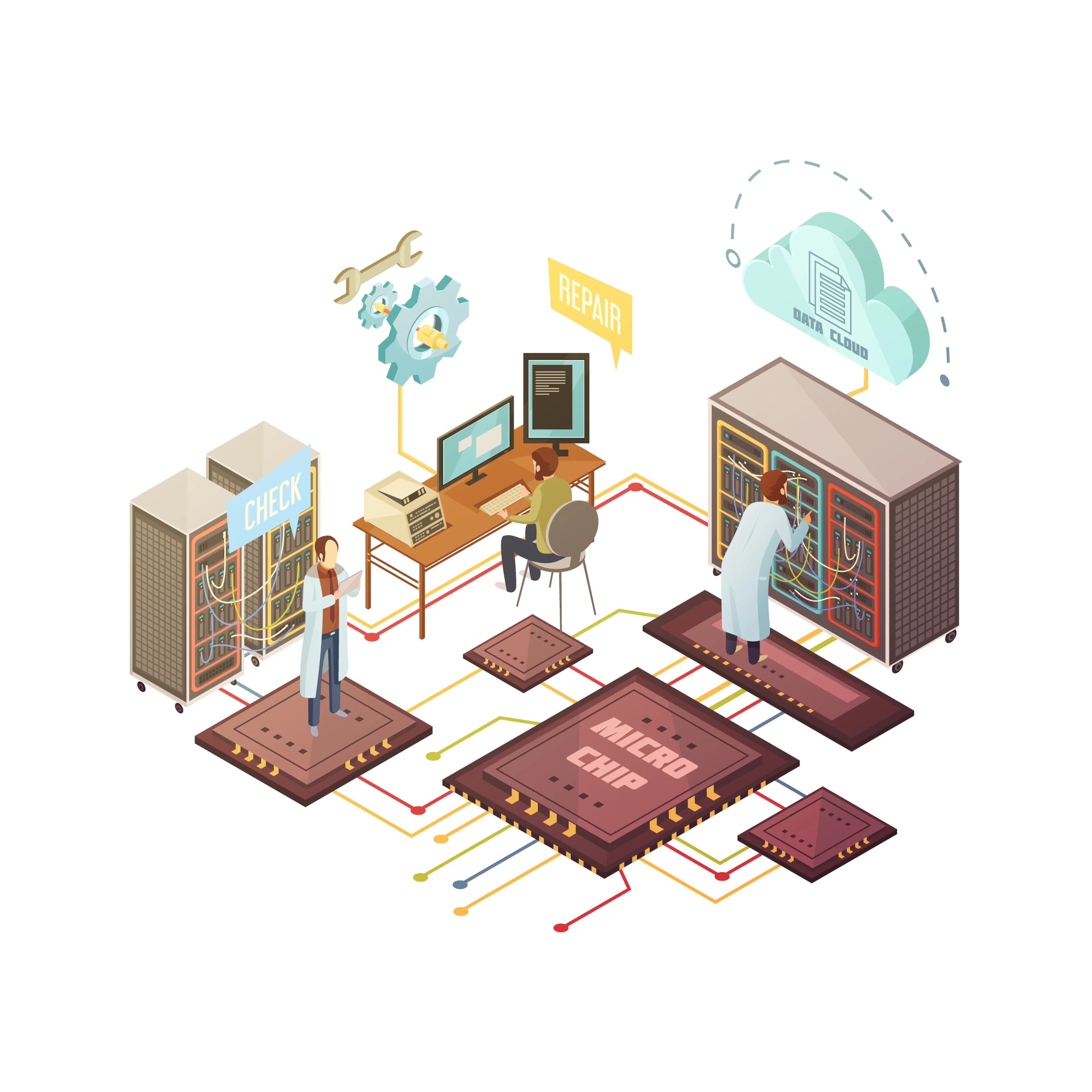
Artificial Intelligence is rapidly transforming the landscape of technology and society, from healthcare and education to finance and entertainment. However, the integration of AI into various facets of life also raises significant ethical and safety concerns. In this three-part series, we’ll explore these issues in detail. Part 1 covers bias and privacy.
6. AI Safety in High-Risk Areas
Deploying AI in high-risk areas like medicine, healthcare, science, machinery, and driving brings significant safety concerns. For instance, AI systems used in healthcare for diagnosis and treatment must be accurate and reliable, as errors can have life-threatening consequences. Similarly, autonomous vehicles must be thoroughly assessed to ensure they can operate safely in unpredictable environments. Rigorous testing and oversight are necessary to ensure safety.

7. AI in Finance: Automated Trading
AI-driven automated trading systems can react to market changes faster than human traders, potentially leading to significant financial gains. However, these systems can also contribute to market volatility and have been implicated in events like the “flash crash” of 2010. Ensuring that these systems operate within safe parameters and do not destabilize financial markets is crucial.
8. AI in Finance: Credit Scoring
AI is increasingly used to assess creditworthiness and make lending decisions. While AI can improve the accuracy of these assessments, it can also inadvertently perpetuate biases present in the training data, leading to unfair denial of credit to certain groups. Ensuring fairness and transparency in these systems is vital for financial equity.
9. AI in Warfare: Autonomous Weapons
The development of autonomous weapons that can operate without human intervention raises profound ethical questions. These systems could potentially make warfare more precise but also pose risks of unintended escalation and loss of human control over lethal force. International regulation and ethical guidelines are necessary to govern the use of AI in military applications.

10. Environmental Impact of AI
AI requires vast computational power from data centers, which consume significant electricity. Continuous operation of AI systems for real-time services further increases energy consumption and carbon emissions. Training complex models involves energy-intensive GPUs and TPUs, and producing this hardware usually involves unregulated mining of cobalt and lithium, which raises serious environmental and worker exploitation concerns.
Conclusion
More to discuss in Part 3. Thanks for reading! | Nathalie Meremikwu